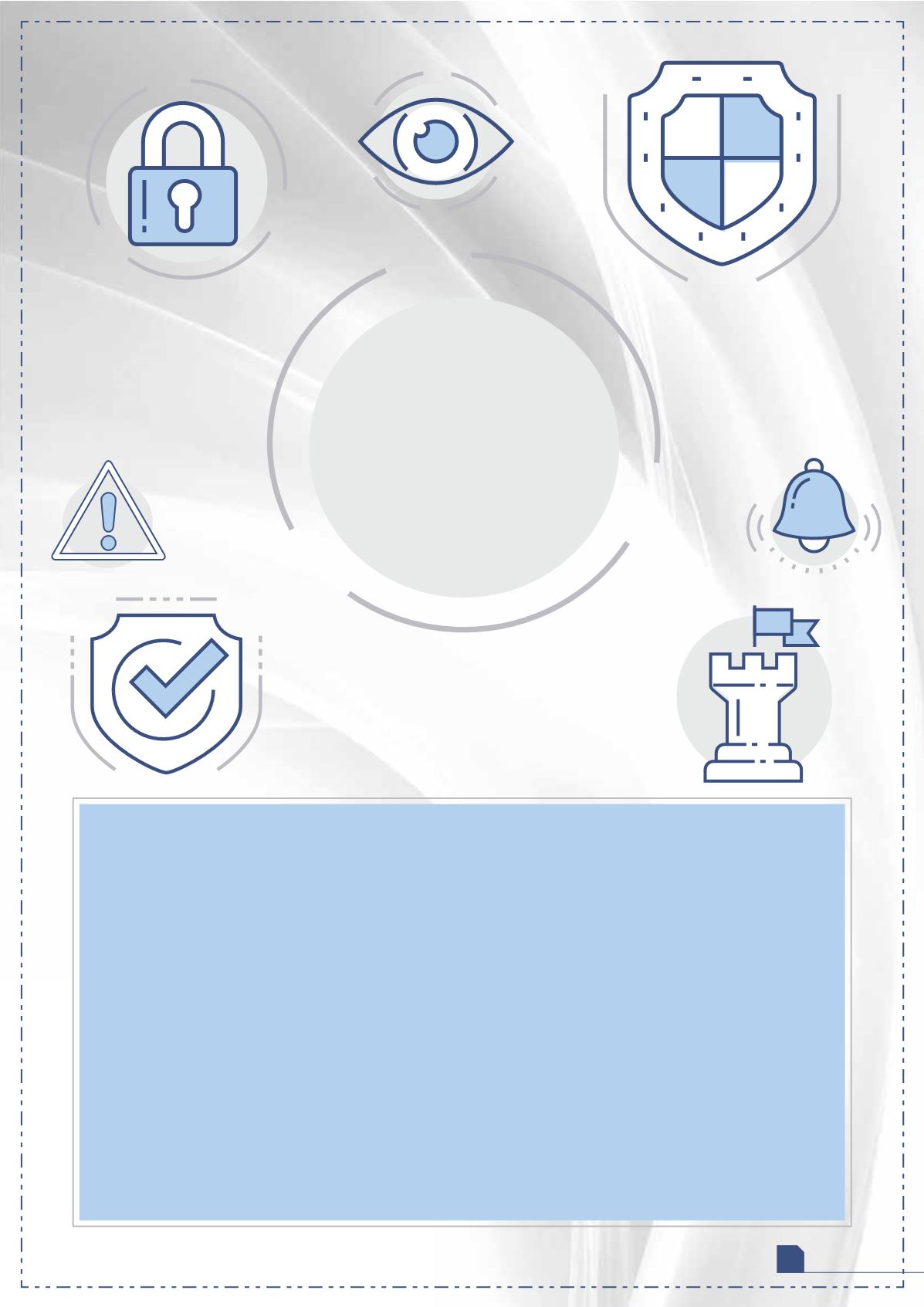
March
2017
101
HYDROCARBON
ENGINEERING
M
uch effort and attention is taken to develop
and design a safety instrumented system (SIS) so
that it is compliant with the IEC-61508 and
IEC-61511 standards. First a hazard and
operability study (HAZOP) is carried out; then the safety
instrumented functions (SIFs) are assigned a safety integrity
level (SIL), and, in many cases, this is confirmed in a
so-called SIL verification.
The safety system is only one of several ‘layers of
protection’ in a plant, alongside, for example, a rigid review
of the design and control of the process. Another layer is
the mechanical layer where pressure relief valves, rupture
disks and break-pins can reduce the frequency of hazards
coming from the process. Finally, should something go
wrong despite the other three layers of protection, the
‘mitigation’ layer is there to reduce the consequences.
In a previous article published in
Hydrocarbon
Engineering
, Mark Hellinghuizer and Ton Beems pointed out
that functional safety systems are designed on the
assumption that any danger is likely to originate in the
process rather than any external sources.
1
However, system
and network security is becoming increasingly important
– something that is substantiated by the latest edition of
IEC-61511.
Safety requirement specification
After SIL verification has been completed, the scope for
the different layers of protection is clear and responsibility
can be allocated to vendors or suppliers. However, for the
SIS layer, the IEC standards require a little more in the
shape of a special safety requirement specification (SRS),
which is targeted at the suppliers of the safety system.
Once this is completed, the SIS supplier, contractor or
system integrator can start the engineering of the SIS.
This process is designed to be structured and well
documented, with every document written evaluated by a
competent reviewer (someone other than the author) and
everything that is built (whether hardware or application
programs) is thoroughly tested by a competent tester
(similarly, someone other than the engineer). At the end of
this process, the client accepts or declines the safety
system during a factory acceptance test. This test is a
validation of the SRS, in which all intermediate verifications
are checked along with document reviews, internal testing,
Ton Beems, Yokogawa Europe,
the Netherlands,
explains how
compliance with IEC-61508 and IEC-61511
standards can be ensured through the
operational phase of the safety lifecycle.
SAFE AND
SOUND








